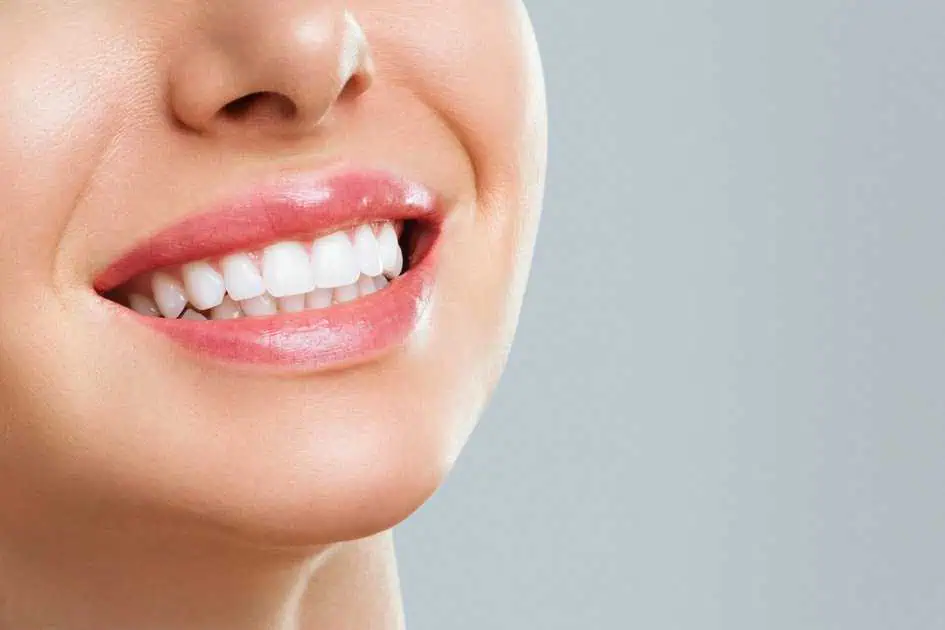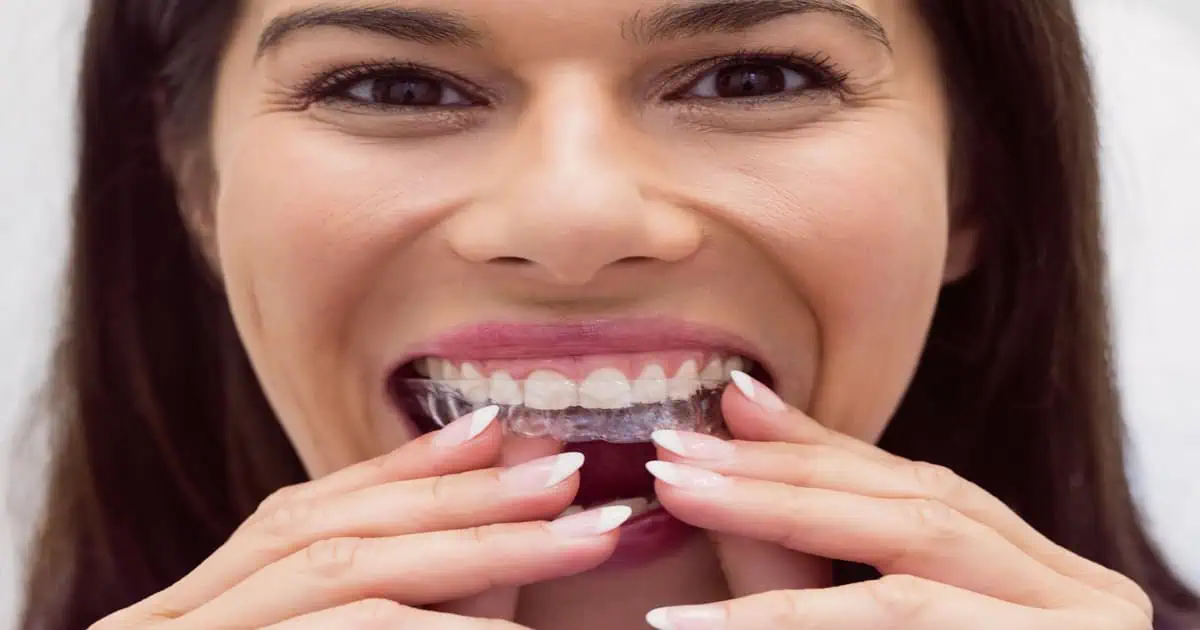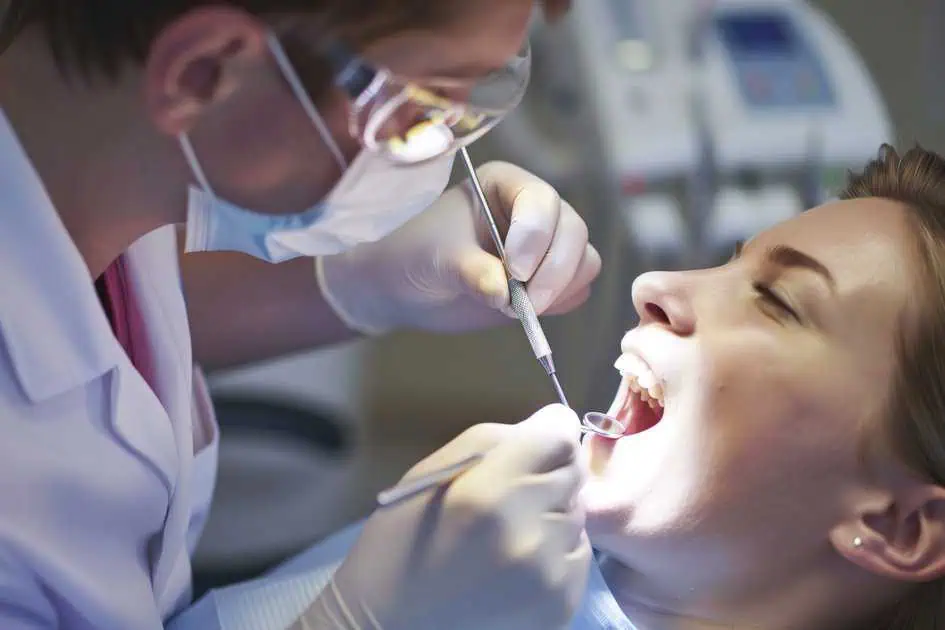Stretch marks, the distinct lines that etch our skin, often narrate tales of significant bodily changes, from the rapid growth spurts of puberty to the transformative period of pregnancy or sudden weight changes. These marks go beyond cosmetic concerns, inviting a deeper understanding of the intricate dance between hormonal changes, genetic makeup, and our daily habits. Windermere Dental & Medical Spa & Laser Institute is at the heart of addressing these concerns, offering a sanctuary for those pursuing holistic wellness solutions. We will unravel the complexities behind stretch marks and explore various treatment possibilities. We will provide clarity and actionable advice for individuals eager to manage these marks with informed confidence.
Stretch Marks Causes
Stretch marks, those distinctive lines that can appear on our skin, are not just about aesthetics; they signify our body’s rapid changes. Understanding why stretch marks occur is crucial for anyone looking to prevent or treat them effectively. We delve into the various causes of stretch marks, shedding light on how they develop and paving the way for targeted treatments.
- Defining Stretch Marks: Stretch marks are long, narrow lines on the skin that differ in color from the surrounding area. They can start as purple, red, pink, reddish-brown, or dark brown and fade over time, becoming slightly indented.
- Hormonal Changes: Hormonal fluctuations are a primary driver in the development of stretch marks. During puberty, pregnancy, and other significant life stages, changes in hormone levels can weaken the skin’s elasticity, making it more susceptible to stretching.
- Rapid Growth or Weight Gain: Our skin stretches rapidly When our bodies increase, whether due to puberty, muscle gain, or weight fluctuations. This sudden stretch can exceed the skin’s capacity to adapt, forming stretch marks.
- Pregnancy: Pregnancy causes stretch marks as the skin stretches significantly to accommodate the growing baby, resulting in marks on the abdomen, breasts, and thighs.
- Genetic Factors: Genetics are crucial in determining skin elasticity and susceptibility to stretch marks. A family history of stretch marks also increases your risk of developing them.
- Rapid Weight Loss: Just as rapid weight gain can cause stretch marks, sudden weight loss can also leave its mark. The skin, having been stretched, may not retract fully in response to the weight loss, leading to stretch marks.
- Medical Conditions and Treatments: Certain medical conditions, such as Marfan and Cushing’s syndrome, can increase the risk of developing stretch marks. Additionally, prolonged use of corticosteroid creams and lotions can decrease the skin’s elasticity, contributing to the risk.
- Bodybuilding and Intense Physical Activity: Bodybuilders and athletes may notice stretch marks due to rapid muscle growth. The increased muscle mass stretches the skin, particularly in areas like the arms, legs, and chest.
Identifying Stretch Marks: Key Signs and Symptoms
Recognizing stretch marks is the first step towards effectively managing and treating them. These distinctive lines on the skin are markers of physical change and indicators of various underlying factors, including rapid growth, hormonal shifts, and genetic predisposition.
- Color Changes: Stretch marks initially appear reddish, purple, pink, or dark brown streaks, depending on your skin color. This coloration is a clear sign of newly formed stretch marks, indicating areas where the skin has been stretched rapidly.
- Texture Differences: Feel the texture of your skin. Stretch marks often have a slightly raised and indented texture, distinguishing them from the surrounding skin. Running your fingers over the area, you might notice a slight ridge or depression.
- Common Areas of Appearance: Stretch marks typically appear in areas where fat is stored or rapid growth occurs. Look for them on the abdomen, breasts, hips, buttocks, thighs, and arms. Identifying common locations can help in early detection and treatment.
- Evolution Over Time: Stretch marks fade to a lighter color, becoming less noticeable. They might turn silvery or white and become more indented. Observing these changes can help you identify older stretch marks and assess the effectiveness of treatments.
- Discomfort or Itching: While stretch marks are usually painless, some individuals may experience itching or discomfort as they form. This sensation occurs due to stretching and tearing of the dermis layer of the skin.
Best Treatments for Stretch Marks
Addressing stretch marks requires understanding their causes and knowing the most effective treatments. Whether dealing with newly formed marks or older, more settled ones, various options can help minimize their appearance.
- Topical Treatments: Topical creams and oils can benefit early-stage stretch marks. Products containing ingredients like retinol, hyaluronic acid, and glycolic acid promote skin elasticity and cell turnover, which reduces stretch marks’ visibility. Consistent application is vital to seeing results.
- Laser Therapy: Laser treatments are highly effective in reducing the appearance of new and old stretch marks. Laser therapy helps restore the skin’s structure and improve its texture by stimulating collagen and elastin production. The laser used depends on the color and age of the stretch marks.
- Microdermabrasion: This non-invasive treatment involves exfoliating the top layer of skin to promote new, more elastic skin growth underneath. Microdermabrasion is particularly effective for older stretch marks, making them less noticeable.
- Microneedling: This technique punctures the skin to trigger the body’s healing process and increase collagen production. It improves the texture and appearance of stretch marks, making them blend better with the skin.
- Chemical Peels: Chemical peels exfoliate damaged skin layers and reveal healthier skin. Different intensities of peels reduce stretch marks by improving skin texture and color.
- Preventative Measures: Preventing stretch marks from developing or worsening involves maintaining a healthy lifestyle. Keeping the skin hydrated, maintaining a stable weight, and applying moisturizer can help enhance skin elasticity and decrease stretch marks.
Consult a Professional
The best treatment for stretch marks depends on various factors, including their cause, age, and skin type. From topical solutions to advanced dermatological procedures, a range of effective treatments can help minimize the appearance of stretch marks. Don’t let stretch marks hold you back. Consulting with a professional medical aesthetician will provide clarity and guide individuals toward the best treatment option.
Takeaway
Tackling stretch marks demands knowledge, the right treatments, and expert care. At Windermere Dental & Medical Spa & Laser Institute, we’re committed to providing you with state-of-the-art solutions tailored to your unique skin needs. Whether you’re exploring preventative measures or seeking advanced treatments like laser therapy and microdermabrasion, our specialists guide you toward achieving the smooth, confident skin you deserve. Contact us or book an appointment today for radiant, rejuvenated skin with the care and expertise you can trust.






